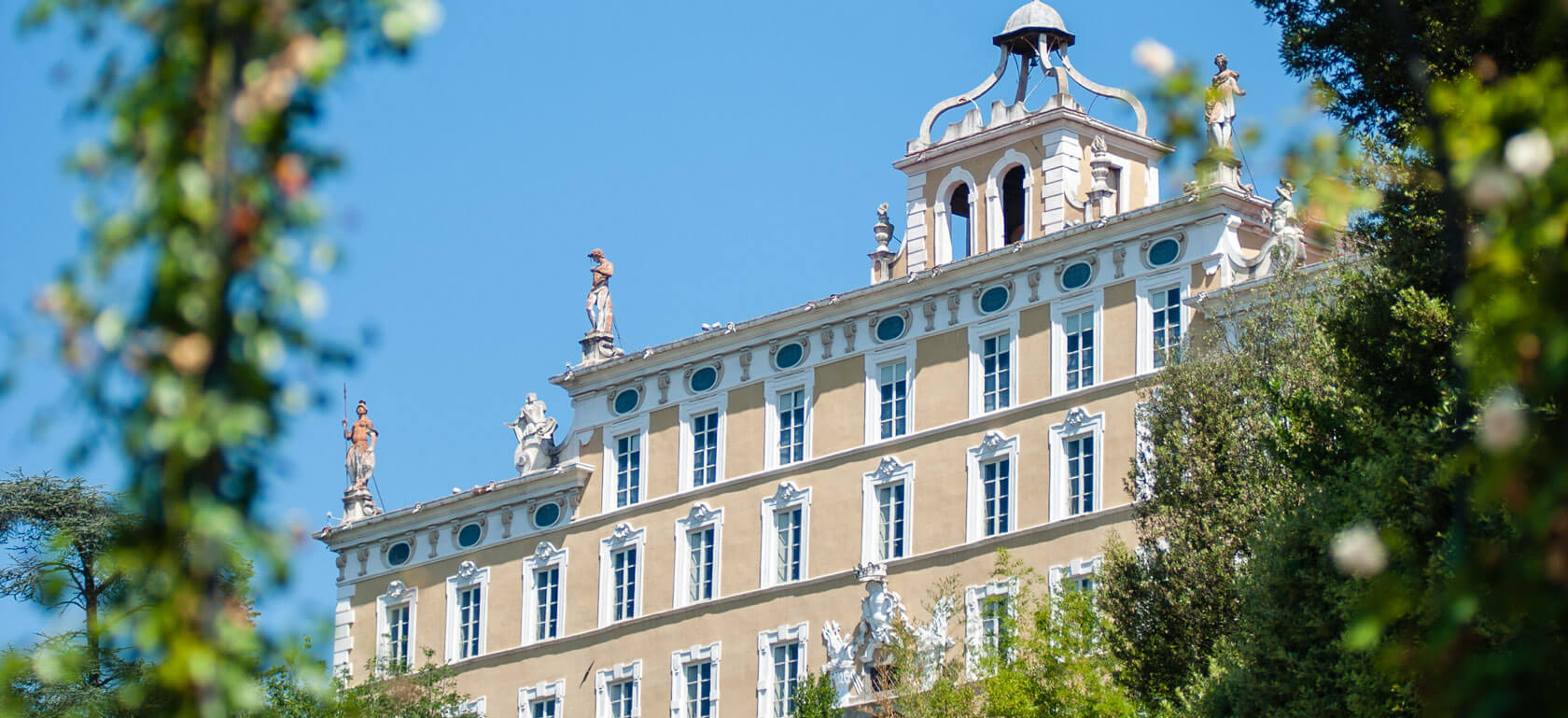
Biography of Carlo Collodi
Biography of Carlo Collodi
Carlo Collodi was the pseudonym of Carlo Lorenzini, journalist and writer (Florence, 1826-1890), son of Domenico Lorenzini, the cook for the Ginori counts, and Angiolina (Maria Angela) Orzali, eldest daughter of the Ginori farm’s steward. Carlo was born in Florence but spent much of his childhood in Collodi with his mother’s family. He later attended religious schools in Colle Val d ’Elsa, where he was in the seminary from age 12 to 16 and was afterward at the Piarist Fathers in Florence. Lorenzini began his career as a professional writer around age twenty, annotating a prestigious Florentine bookstore’s catalogs. He then began to publish (1847) in "L'Italia Musicale", one of the foremost specialized periodicals of the era. His world-famous masterpiece, The Adventures of Pinocchio, was written during his prime years (1881-1883) when he was a famous journalist and writer.
As a journalist, he founded and ran numerous newspapers, including "Il Lampione". Closed by censorship after the 1848 riots, Lorenzini reopened in 1859, after the plebiscite for Tuscany’s annexation to Piedmont and the end of the grand duchy. The publication displayed striking satirical political cartoons alongside subtly humorous articles. Collodi, a true intellectual of the Risorgimento, also served as a volunteer soldier in 1848 and 1860, demonstrating his commitment to Italy’s unification. In the meantime, he dedicated himself to writing plays and short stories. In 1856, for the first time, he used the Collodi pseudonym to sign all his books for children and schools, among other things.
His first children's book, published in 1876, was I Racconti delle fate, translations of some French literary fairy tales (with authors like Perrault, Madame Leprince de Beaumont, and Madame D'Aulnoy). A schoolbook series (1877-1890) followed in which the character’s adventures served to introduce the concepts and notions to be learned. Popular books like Giannettino and Minuzzolo were disseminated in Italy’s newly formed compulsory education system.
In 1881, he published the first installment of the story of a puppet in "Giornale per i bambini", one of the first periodicals for children in Italy. He published other short stories in the same magazine, including one about Pipì, the pink monkey, a self-deprecating continuation of Pinocchio. The now-concluded installments were then re-entitled for the book version as The Adventures of Pinocchio: The Story of a Puppet, with the book’s first edition printed in 1883.
Carlo Collodi’s life was packed with human and literary experiences. Considerable evidence can be found in his correspondence with colleagues and friends and the biography written by his nephew Paolo Lorenzini.
In 1890, Collodi died suddenly in Florence, where he lived with his brother Paolo. He is buried in the family tomb at the monumental Florentine cemetery of San Miniato al Monte. after being sorted by his brother and his dear friend Giuseppe Rigutini, the papers in his studio at the time of his death were donated to the National Central Library of Florence, where they are still found today.
Rigutini was the author of the commemorative plaque on his mother Angiolina Orzali's birthplace in Collodi. The plaque was placed there two years after the writer's death, in consultation with the Municipality of Pescia.
From the text on the plaque, we understand the link between Carlo and the village of Collodi. At the time of his death, he was renowned as a journalist, humorous author, writer of educational books, and volunteer in the effort to unify Italy. The artistic and instructive value of his masterpiece The Adventures of Pinocchio has been recognized since the early 1900s when its readers ruled it a success, which continues to this day in Italy and abroad.
For the biography:
R. Bertacchini, Il padre di Pinocchio, Milano, Camunia, 199.3
Chronology, in: Carlo Collodi, Opere, edited by Daniela Marcheschi. Milano, Mondadori 1995.


